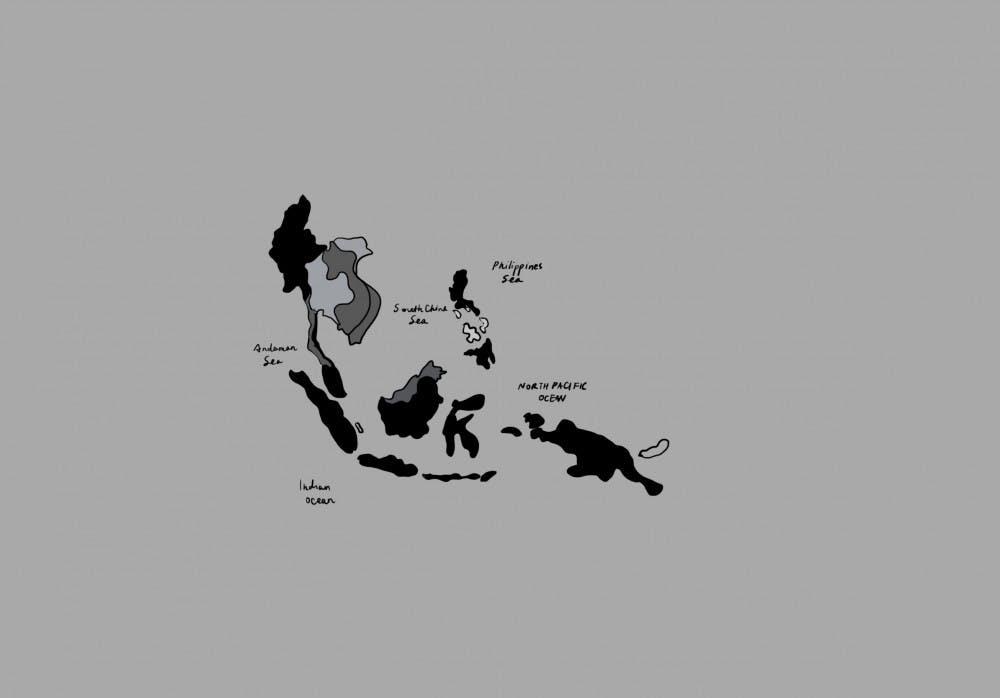The Southeast Asian Studies Initiative is in the process of submitting a proposal that would increase institutional support for the study of Southeast Asia at the University.
A student-led project, SEASI began in 2016 with the goal of creating academic infrastructure that would enable Brown students to study and engage with Southeast Asia and its diasporas. Brown currently has no tenure-track positions dedicated to Southeast Asian Studies, according to SEASI member Nicole Yow Wei ’21. In 2005, 2006 and 2011, history courses were offered — each for a different class on the Vietnam War — and an English course on Southeast Asian literature was offered in 2003 and 2005, The Herald previously reported. More recently, the University has run three courses on Southeast Asia between Spring 2019 and Spring 2020.
SEASI wrote the proposal in fall 2019, outlining a number of goals such as increased classes and gaining tenure-track positions for faculty members for Southeast Asian Studies in the hopes of gaining institutional recognition and creating lasting change at Brown.
“Southeast Asian Studies is a giant lacuna” at Brown, Yow Wei said. “It’s frustrating trying to get an undergraduate education that has a global focus, or that aims for global understanding, when you can’t study many parts of the world,” she added. Yow Wei also noted that “if you consider yourself a specialist in any region of the world, there are probably connections to Southeast Asia. So … it’s also really important to consider … Southeast Asia when thinking about other regions or general themes in the world.”
These sentiments were echoed by SEASI member Thedoe Nyunt ’22. “Southeast Asian Studies is so inherently interdisciplinary, and it fits in well with Brown’s emphasis on interdisciplinary learning,” he said. “It just has to get here.”
“It’s very hard to maintain your heritage so far away from home, and there are just so few resources to do so here,” said Nyunt. “In high school, I just accepted that I wasn’t going to understand anything about my people or culture. I can’t speak to my relatives that well … I haven’t had opportunities to really invest in my understanding. So, Southeast Asian Studies for a diasporic member is largely about maintaining heritage and understanding family — and also just being a more informed citizen.”
Provost Richard Locke P ’18 wrote in an email to The Herald that “proposals for academic programs must come from members of the Brown faculty and their respective departments.” He added that “this is a faculty matter, not something the administration can do on its own.”
SEASI members have been working hard to get faculty members on board with increased representation and have been encouraging interaction between students and faculty within the Southeast Asian Studies community.
SEASI has discussed their goals with faculty members in previous semesters, but one of their main goals for the spring is to hold community forums for both students and faculty to collaborate and discuss what students want to study, SEASI member Lavanya Sathyamurthy ’22 said. SEASI also plans to host “spotlight lunches” with faculty, as well as an annual undergraduate research exhibition for students to showcase Southeast Asian Studies work they have done, Nyunt said.
Cindy Nguyen, a postdoctoral fellow with the History department and the Cogut Institute for the Humanities, teaches HIST 1962E: “Print and Power in Modern Southeast Asia,” the only Southeast Asian Studies course currently being offered by the University. She has been actively involved with SEASI and the proposal. “Because there isn’t really institutional support for Southeast Asian Studies, and there aren’t many other Southeast Asian courses offered besides my own, the onus kind of falls upon me to set this foundational knowledge about Southeast Asia,” said Nguyen. “This makes it really hard, because there are so many complex ways of understanding Southeast Asia.”
“I almost feel like SEASI is taking on the labors that a department should — hosting events, writing grants and proposals,” Nyunt said.
According to Sathyamurthy, if SEASI’s work is successful, this weight will ideally be taken off the shoulders of students and individual faculty members and placed on the institution.
“The whole point of SEASI is for there not to be SEASI anymore,” she said.





